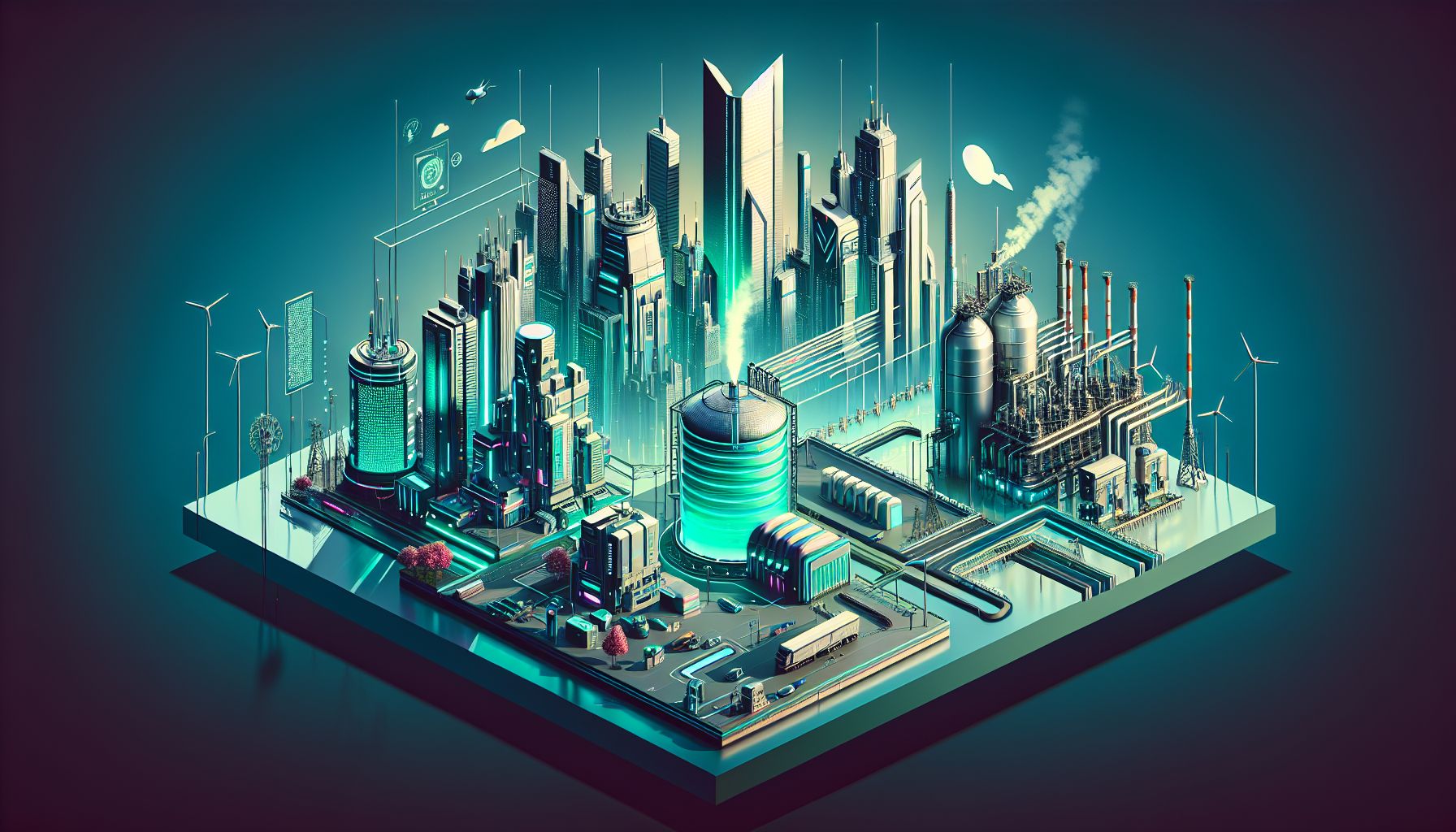India's Green Hydrogen Revolution: Powering Tomorrow's Economy

New Delhi, Monday, 14 October 2024.
India’s ambitious push for green hydrogen could revolutionise its energy landscape. With $25 million committed to hydrogen hubs and aims to attract $100 billion in investments, the nation is betting big on this clean fuel. But challenges in storage, transport, and cost remain. Will today’s investments secure India’s sustainable future?
Laying the Groundwork
I find it fascinating how India is not just dabbling in green hydrogen but diving headfirst. Picture this: India has already committed $25 million to develop hydrogen hubs, a crucial step in its green shipping initiative. These hubs aren’t just for show; they’re set to include bunkering and refuelling facilities for green hydrogen-powered vessels. It’s like India is building the fuelling stations of the future today[1].
The Promise of Economic Transformation
Imagine a future where India attracts $100 billion in investments and creates over 600,000 jobs thanks to green hydrogen. This isn’t just wishful thinking; it’s part of India’s grand strategy. The potential for economic transformation is enormous, with green hydrogen applications spanning aviation, steelmaking, and fertilisers. Yet, as Utkarsh Patel points out, while generating green hydrogen is straightforward, storing and transporting it is where things get tricky. We need dedicated pipelines or tube trailers, which are still far from being viable solutions[1].
The Gujarat Example
Take a look at Gujarat, for instance. The state is setting ambitious goals, aiming to produce 3 million metric tonnes per annum of green hydrogen by 2030. This is no small feat, and it’s backed by policy support, like leasing government wasteland for production. The potential here is huge, and with the right innovation and partnerships, India could indeed become a global leader in green hydrogen. It’s like watching the seeds of a revolution being planted[2].
Public-Private Partnerships: The Game Changer
There’s a buzzword that’s been floating around, and it’s public-private partnerships. I believe these collaborations are crucial if India hopes to become a leader in green hydrogen. Swati Salgaocar, a key figure in the Confederation of Indian Industry, emphasises this point. With strong policy frameworks and innovation, these partnerships could drive India towards its 2030 goals, making the country not just an adopter but a pioneer in green hydrogen production[3].
Overcoming the Cost Barrier
Now, let’s talk numbers. Producing green ammonia, a derivative of green hydrogen, currently costs twice as much as its fossil fuel counterpart. This cost difference is a significant barrier to widespread adoption. However, studies predict a 50% reduction in green hydrogen production costs by 2030, with further decreases by 2050. The key lies in reducing the price of electrolyzers, although the lack of mature supply chains might slow this progress[1].
Imagining a Green Future
As I see it, the path to a green hydrogen-powered future is fraught with challenges but equally filled with promise. The investments made today are not just monetary; they are investments in a sustainable and independent energy future for India. Much like planting a tree, the benefits might take time to manifest, but when they do, they will be monumental. Will India rise to the occasion? Only time will tell, but the foundation is certainly being laid.